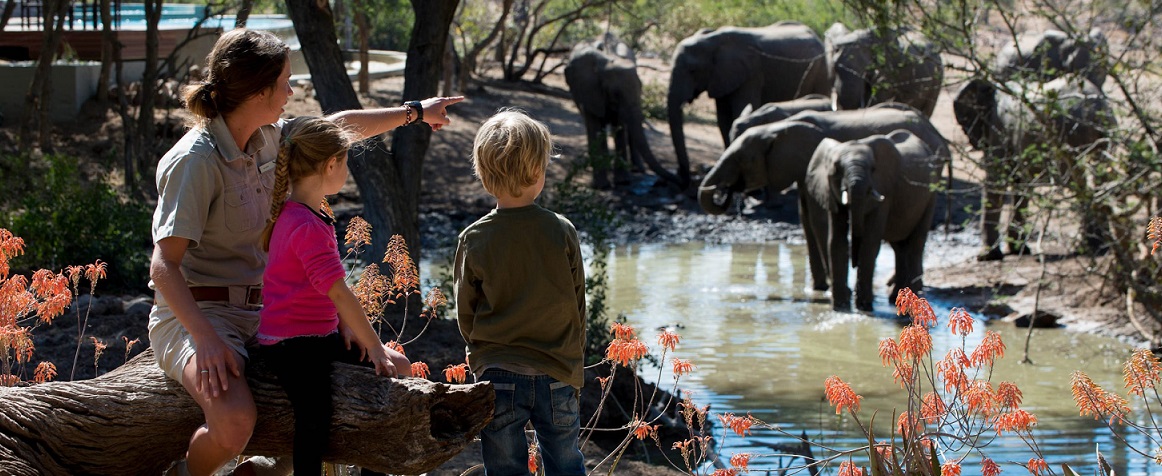A Kanha wildlife trip often feels like a dream for many families. Many parents choose Kanha with kids because the place has a calm and warm vibe that feels good for all age groups. But even a beautiful destination can turn stressful if a few things are not understood well in advance. Families with kids, visiting Kanha for the first time, sometimes assume everything will be simple just because it is a nature trip. In reality, a wildlife area works very differently from a regular holiday spot. There are rules, conditions, and small details that can easily get overlooked, especially when you are managing kids. These small mistakes can make the journey less enjoyable or even unsafe at times.
When planning a forest trip with children, it is better to stay more aware than less. Kids may react differently to long hours, new surroundings, and unexpected situations. So, avoiding common mistakes is important to make sure the journey stays comfortable and relaxed. This also helps kids connect better with nature and understand the idea of respecting forest spaces.
Typical Errors You Shouldn’t Overlook During a Kanha Safari
1. Not Understanding Park Rules and Child-Safety Regulations
Many parents do not pay enough attention to park rules before entering. A forest area has very specific safety guidelines, especially for children. Certain age restrictions exist for the safari ride, and these are for good reasons. A wildlife environment needs silence and discipline, which may be tough for very young kids. Ignoring these rules can affect both safety and the forest experience.
2. Not Monitoring Kids’ Exposure to Dust and Jungle Allergens
A forest area naturally has dust, dry leaves, pollen, and other tiny particles floating around. Parents sometimes underestimate how these things can affect their children. Kids may start sneezing, rubbing their eyes, or feeling a bit uncomfortable without realising why. Ignoring these small signs can make the issue worse later. Being alert to these reactions helps parents respond quickly. Forest paths can be dusty at times, and the dry air may not suit every child. So it is better to watch for early symptoms instead of waiting for them to worsen.
3. Overestimating Kids’ Patience During Long Safaris
A long safari feels adventurous for adults, but for kids, it can feel very different. Small children usually have shorter attention spans. After some time, they may get bored or lose interest, especially when the path gets slow or quiet. Parents sometimes expect kids to stay excited for hours, but that is not always realistic. This mismatch in expectations can cause frustration on both sides. Kids might become restless or uncomfortable because the ride can feel bumpy or lengthy. It helps to understand that kids may enjoy the safari in small bursts rather than long stretches.
Also, it is an important task on the adults’ part to confirm the Kanha online safari booking in advance so that you do not have to come across the unavailability of jeeps in the last moment.
4. Not Preparing Kids for Wildlife Etiquette
A forest is a quiet place. Even small noises can disturb the peaceful surroundings. Many kids don’t know this, and they may talk loudly, point suddenly, or move around too much out of excitement. If parents do not explain basic forest etiquette beforehand, it becomes tough to manage these habits once the safari starts. Noise or sudden movements can reduce the chances of sightings. More importantly, it can disturb the natural rhythm of the environment. Preparing kids gently before entering the forest makes a big difference. When children understand why silence matters, they enjoy the trip in a more meaningful way.
5. Focusing Only on Tiger Sightings
Some parents put too much pressure on seeing a tiger, and this creates unrealistic expectations for kids. When a sighting does not happen, children may feel sad or confused. The forest has many other interesting elements to enjoy. Observing the sounds, colours, and landscapes can be fun for kids when there is no bigger expectations.



